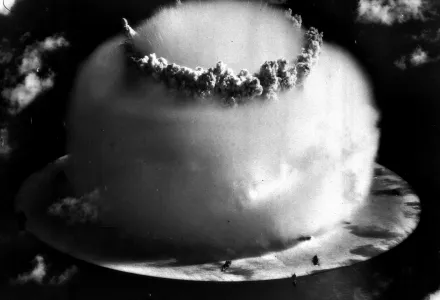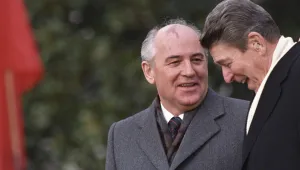International Security is America's leading peer-reviewed journal of security affairs.

Summary
Recent quantitative scholarship uses warhead counts to examine how nuclear superiority might affect war and crisis dynamics. These analyses do not account for other elements that make up a state’s nuclear capability. The relative nuclear balance depends on not only technical-military factors but also state perceptions and beliefs. Archival and interview evidence from the United States and the Soviet Union during the Cold War reveal how states and leaders understand and respond to the nuclear balance in inconsistent, asymmetric, and subjective ways.
David C. Logan, "The Nuclear Balance Is What States Make of It," International Security, Vol. 46, No. 4 (Spring 2022), pp. 172–215, https://doi.org/10.1162/isec_a_00434.
The full text of this publication is available in the link below.



